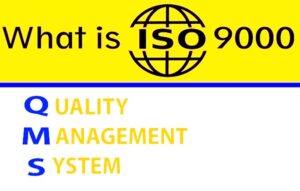
LOPC Definition
LOPC refers to unplanned releases from primary containment systems, such as a spill from a damaged tank, that pose significant environmental and safety risks. This is a problem even when the material is non-toxic or non-flammable, as it often leads to increased costs, inefficiency and disruption of production.
LOPC Magnitude
- Leakage: Minor, unnoticed releases that may escalate.
Example: A valve leak that worsens over time. - Seepage: Gradual release due to equipment wear.
Example: Oil seeping from a corroded pipeline. - Spillage: Sudden, large discharges needing immediate action.
Example: A ruptured storage tank causing a major oil spill.
Spill Recovery and Rescue Teams
Spill Recovery/Rescue Teams are essential for effective management of LOPC incidents. Their training and skills are critical for successful response and rescue efforts.
Spill recovery and rescue training at minimum shall include:
- Proper use of personal protective equipment (PPE), rescue equipment, and adherence to safety protocols. e.g. breathing apparatus and life raft deployment
- Proficiency in deploying and operating spill kits, booms, and skimmers.
- Understanding the ecological impacts of spills and strategies to minimize harm.
- Regular exercises to improve coordination and response times.
- Safe disposal practices for hazardous materials, ensuring compliance with regulations.
- Training for personnel to administer first aid and assist in emergency evacuations, e.g. CPR and oxygen donning
Spill Recovery Equipment
Generally, in the oil and gas industry, the following spill-recovery equipment is commonly used onshore and offshore:
Onshore Equipment:
- Booms: Used to contain spills on land. Example: Booms deployed along a riverbank.
- Skimmers: Remove oil from calm water surfaces. Example: Skimmers utilized on a pond.
Offshore Equipment:
- Booms: Contain oil on water; less effective in rough seas. Example: Booms encircling an offshore oil slick.
- Skimmers: Recover oil from water surfaces. Example: Skimming oil after a platform accident.
- Dispersants ( last resort): Break down oil into droplets; use cautiously due to environmental impact. Example: Dispersants applied to an uncontainable offshore spill.
Waste Disposal
Safe disposal prevents contamination by ensuring proper segregation and labelling of hazardous waste, including infectious and chemical materials, to comply with regulations and minimize environmental impact.
Key Success Factors
- Ensures team readiness through quarterly and annual drills and updated training sessions on new equipment.
- Conducts routine inspections and servicing of spill response equipment to ensure functionality.
- Implements a defined hierarchy for incident response, allowing for rapid decision-making and efficient coordination during emergencies
Document properties:
File name: Loss-of-Primary-Containment-A-Structured-LOPC-Control-Framework-in-Managing-Process-Safety-Hydrocarbon-Leakages
File size: 3.8 MB






